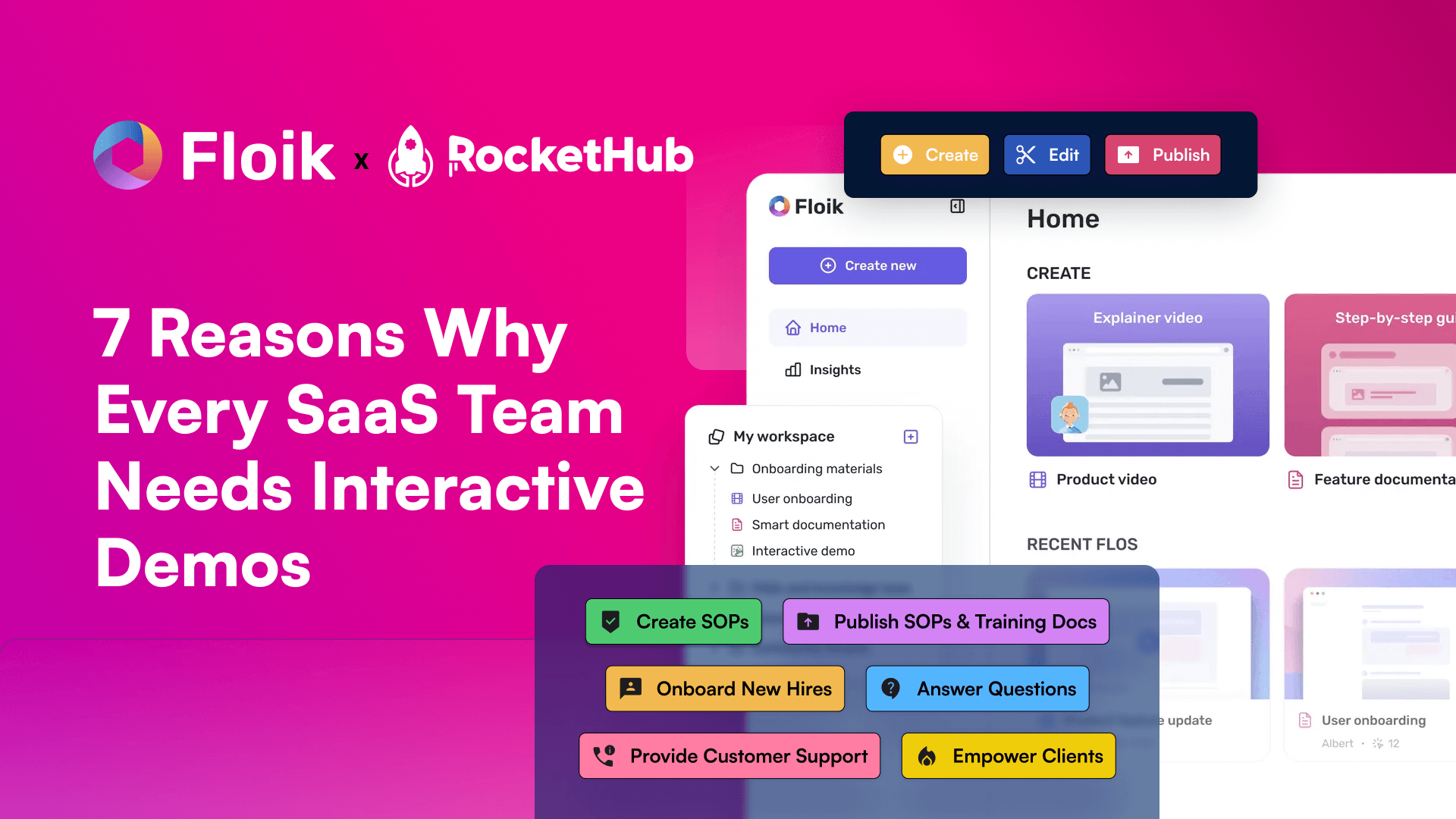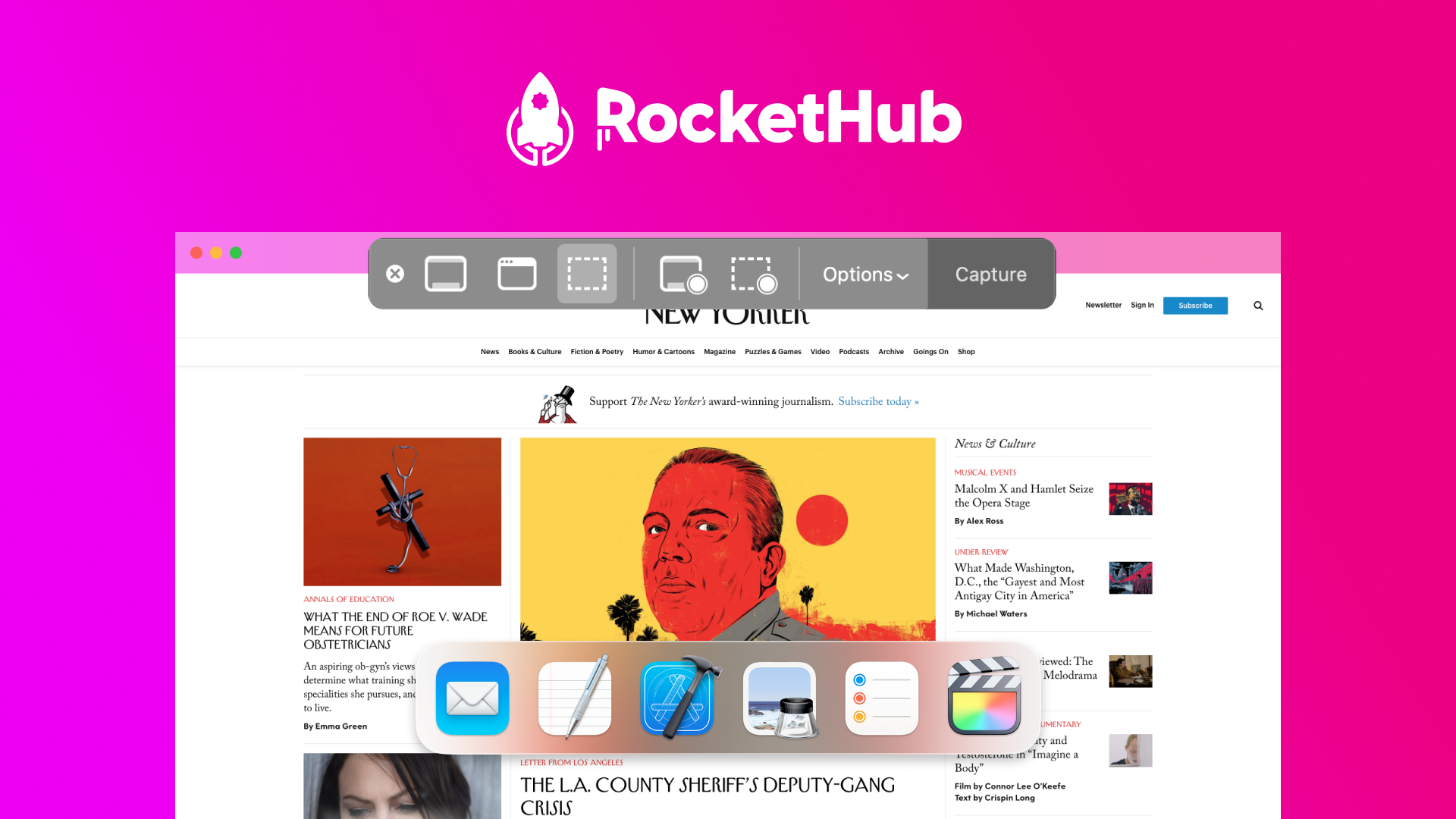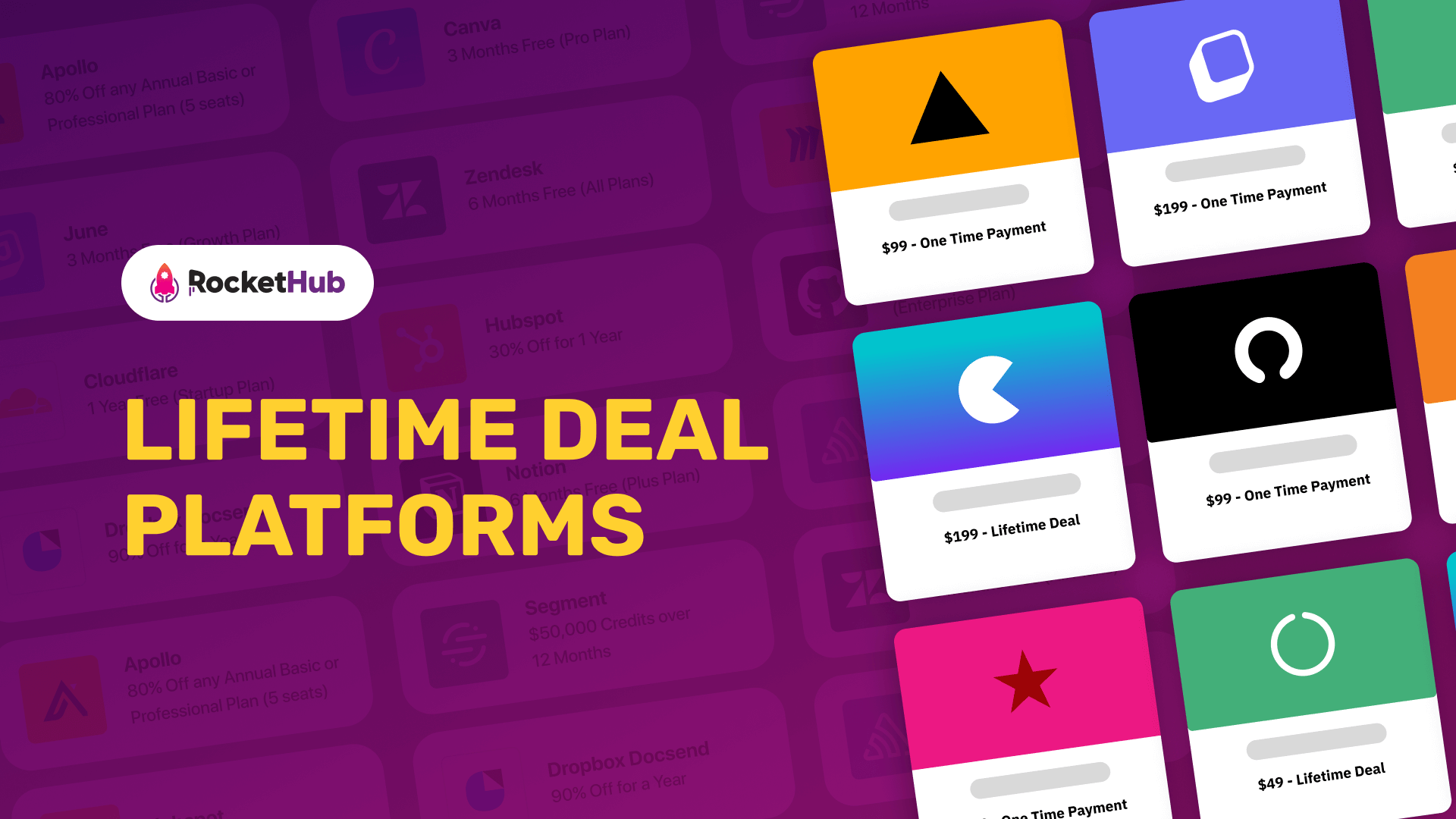
Product Strategy: 7 Ways to Shape Your Product Roadmap
- RocketHub Team
- April 6, 2022

Any SaaS product goes from one stage to another in the course of a few years. It all starts with a vision but as time goes by, the product evolves and needs adjustments. Any strategy you come up with needs to follow a specific roadmap so you can deliver your goals. Whether it’s a new launch, an enhancement, or a new product; you’ll need a roadmap to guide the team throughout the entire process.
7 SaaS Product Roadmap Examples
For the success of your product, it’s critical to know which roadmap example to follow. Even if your product is great and successful, it needs a clear roadmap to guide you safely to your destination. Keep in mind that you can always adjust your roadmaps as you need all the time. The success of each launch is dependent on the people who work on it, not robots. Here are a few examples:
The Release Plan Example
Just like the name says, a release plan will outline the exact step-by-step process and the timeline during which the team will do the work. You can expect this to be an overview plan. The plan in which the new releases are mapped so that even the hopper management can understand without technical details. All goals will be outlined as milestones, not time-dependent tasks. This will help everyone to set realistic expectations about what is coming up without being too tied to a schedule but also aware of a certain schedule.
The Sprint Plan Example
This type of roadmap plan helps the team stay on top of everything and in sync with the entire process. Unlike other roadmaps, these are only for specific teams to see because it’s focused on specific targets and timelines. It can be divided into smaller sprints for additional context and grouping since it will also help you to monitor your team’s workload.
The Now, Next, Later Example
This type of roadmap communicates your most burning priorities that are due next shortly. Each category will have specific tasks that fall in line with the big strategy. Features in the “Now” category will have detailed information since they’re being worked on, while those in “Later” will have the end goal outlined at first. For teams that are working in a dynamic and fast-changing environment, this roadmap suits them perfectly. This type of roadmap is easy to understand by other teams. It also helps people visualize the entire progress and they need to prioritize it.
The Kanban Example

Another delivery-focused roadmap that works best for development teams. This easy-to-follow roadmap helps team members see the next step, what is already achieved, and the end goal. The biggest advantage of this roadmap example is that it allows teams to properly communicate their next plans without having a set date on them. It helps keep daily tasks on track and motivation up, reminding them about the end goal.
The Feature Timeline Example
A more in-depth roadmap, the feature timeline example allows you to roadmap a specific feature within a specific timeframe. This will help the team get a better picture of the progress and see the deadlines. When you have this bird’s eye view over a specific feature you can allocate more resources. Also, you can estimate better when it will get done. Needless to say that this example and the others too need to have a good leader who knows exactly how these things work.
The Objectives Example
If your SaaS product is part of a large company or a larger team, this example might work better than the others because it helps CEOs and upper managers to have a clear view and product direction. The objectives roadmap outlines the business strategy so that everyone can see it and use its role in it.
The Release Timeline Example
In the SaaS industry, it’s important to keep the high-level vision but also focus on what is happening in the development department. Features are launched together or separately, so communication and planning need to be streamlined and clear. Everyone, especially upper management can see what features are going to be released next and it helps them adjust the business strategy.
What is a SaaS Product Roadmap?
A product roadmap is a tool that lays out all the efforts and actions the team has to do to reach their business goals during a specific timeline. You should not confuse the product roadmap with any other planning material you’re currently working on or developing, such as ideas, features, requests, or bug reports.
As we said before, each lifecycle of your product should have a roadmap outlined. The reason is that each stage is different and has different goals. Some people call the roadmap a guide, so if you put it this way each company has a product roadmap to help them visualize the big plan.
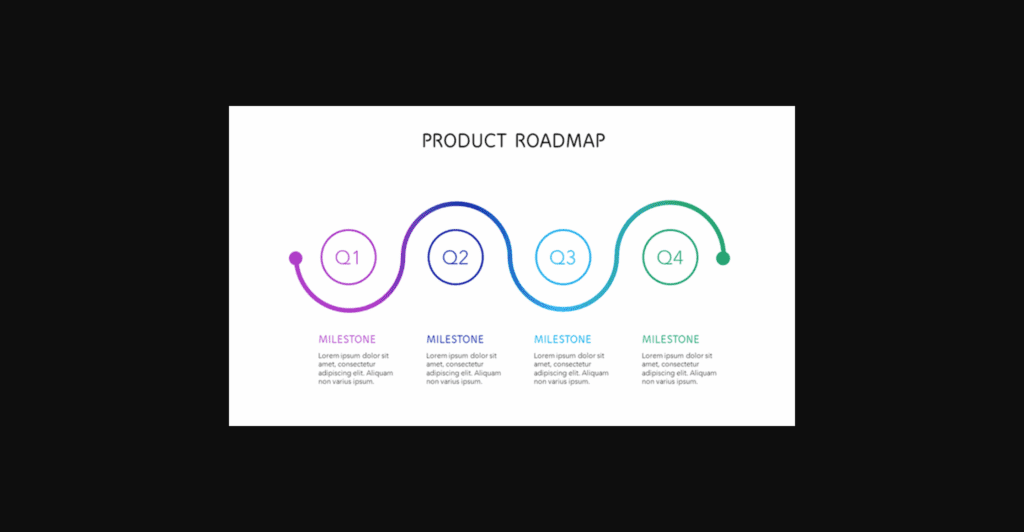
The Importance of Road-mapping for SaaS
As an essential part of the main business strategy and planning process, road-mapping your SaaS product can push you to dig deeper into what the future will look like. It also helps you to analyze what should be changed and where to invest more time and money to see results. It’s always more helpful to the entire team and the new members to have a visual representation of the entire process. It will help them to understand where they’ll need to be in a specific timeframe. This helps everyone prioritize and plan accordingly.
It’s also important to share the product roadmap with all the teams involved in the success story. From the managers to the marketing team to developers, sales, or customer support team. If your product roadmap is as inclusive as possible, you won’t encounter too many issues.
Types of Product Roadmaps
There are multiple road map types to choose from. It depends on the type of SaaS product you’re working on, the size of your company and team, and the type of project. Each roadmap is different and will differ from project to project. Each book and specialist has a different classification, but the most important product roadmap types are the following:
Strategy & Market Roadmap
This type of roadmap deals mainly with high-level strategy and market state. It can include but is not limited to any type of information that is catered to both internal and external audiences. Used mainly at a high level. It outlines general product information that is tied to a specific aspect of a given purpose. Anyone can have access to it since it doesn’t contain any information that should not be disclosed to other teams for various purposes.
Technology Roadmap
If we were to summarize this type of roadmap in a sentence it would be “a low-level technical roadmap used for the technical team”. They are low-level documents because they’re specifically made for the internal technical team, unlike the strategy roadmap. It can be included in the strategic roadmap. Its main usage is to determine the use of a specific technology and timeline to facilitate the allocation of resources to get it done.
Internal & External Roadmap
This type of road map is focused on different types of audiences. It means that the internal roadmap is meant solely for the management team while the external roadmap is for everyone else, due to the nature of the information shared.
7 Examples of Real Product Roadmaps to Inspire You
It’s always easier to understand how a roadmap functions and why it’s so important for any SaaS company. We’ve gathered a few examples from some of the most well-known SaaS companies out there. Here they are:
Buffer
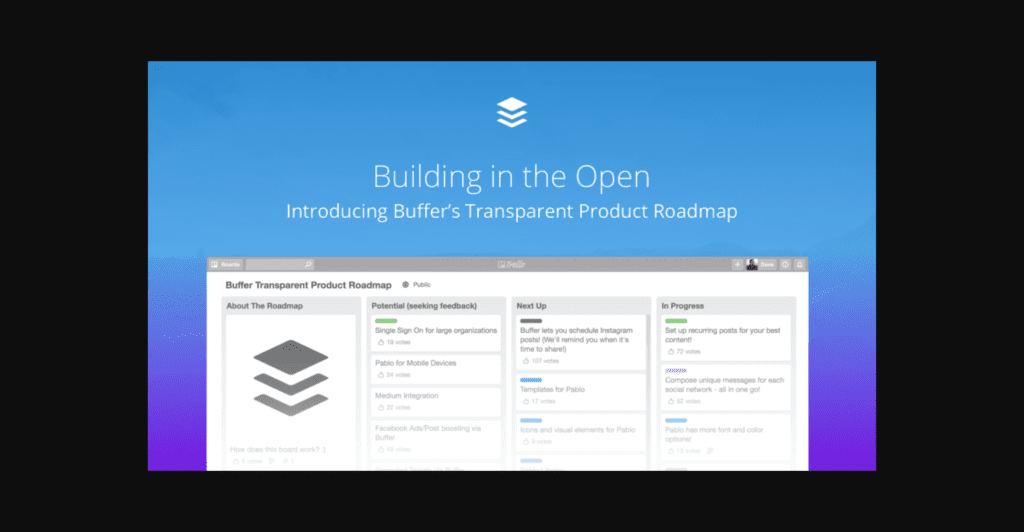
We’re starting strong, with one of the most famous SaaS companies, Buffer. They are well known for being very transparent and open about their salaries, revenue, fundraising, and other similar information. Of course, aside from having all sorts of public data they also have the product roadmap public. They use Trello to host it, a tool we will describe a little bit later in another section. If you’re looking for inspiration, you can check it out. It’s simple, easy to understand due to the color-coded system they use and they also have a “request a feature” option.
Monzo
The popular fintech Monzo based in the UK has a really good custom roadmap other companies can get inspired by. Unlike other roadmaps, this one is also aesthetically pleasing, with lots of branded illustrations that make it special. It’s also straightforward, easy to follow, and has separated features that make this roadmap easy to understand. Since it’s also public, you can get inspired by it if you’re looking to build a custom roadmap for your product.
Attendify
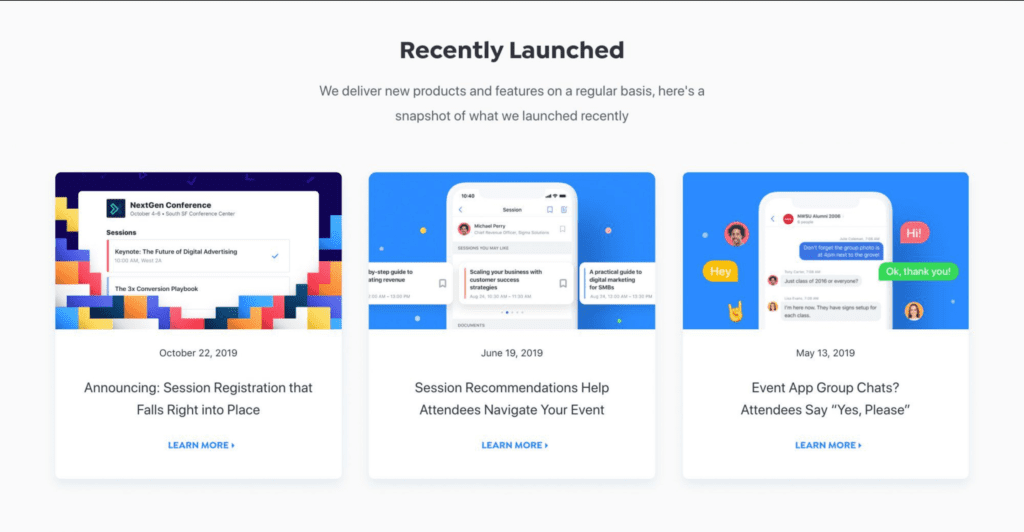
Another public roadmap belongs to Attendify. In this case, the product roadmap is more complex than those found on Monzo’s website for example. Nevertheless, it’s still a clear roadmap with plenty of details where you can see what has been done and what is still pending. Since it’s public, there is also a feedback option available for anyone to use.
Microsoft 365
This example shows that a huge corporation such as Microsoft can have a clear roadmap that is not hard to follow or understand by other people. As you can imagine a product such as Microsoft 365 has plenty of features they’re developing and launching. It’s an easy-to-navigate roadmap, where you can find what you’re looking for no matter what team you’re part of. Because it’s meant to be used by lots of people it can also be downloaded and shared with other people. This is a great idea to keep in mind if you’re part of a big company and looking for a roadmap example.
GitHub
GitHub used the KanBan roadmap example. Because they are such a big company with lots of daily users from the tech industry, their roadmap is always filled with tasks being undertaken by larger teams just like many companies out there. They also use a color-coding system, tagging, and other key features to keep the boards clean and easy to navigate. Each item opens up a window with additional information, making this roadmap very organized and productive. If you’re the kind of person who wants to keep the company and the roadmap just as organized, you can have a look at their roadmap for some inspiration.
Angular
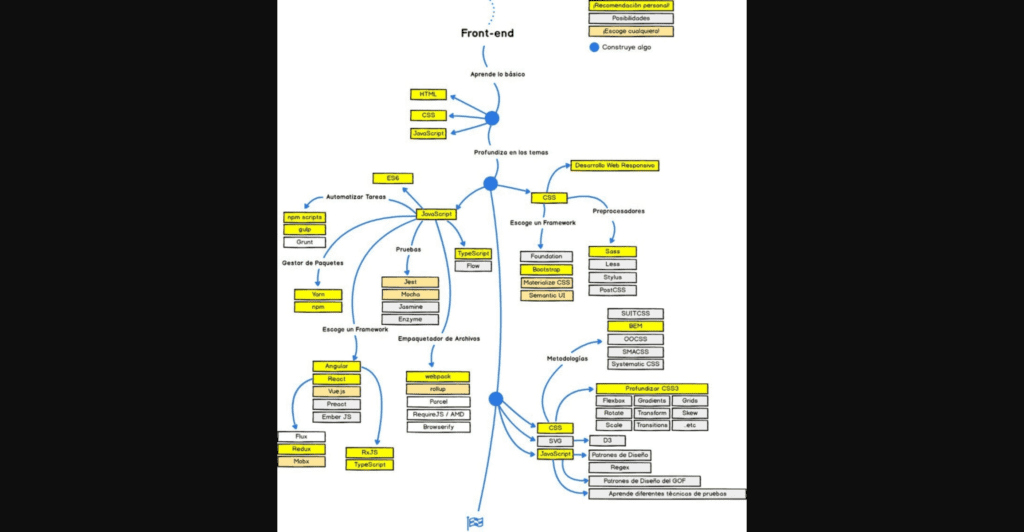
As one of the most popular app development frameworks, Angular has a product roadmap with plenty of details to keep everyone up to date with all the features and launches. Their system is quite easy to follow and understand. It’s based on the “In progress”, “future” and “completed” templates and links to more information and details where it’s needed. Unlike other roadmaps, this one is not feedback-friendly and doesn’t have the option to comment on certain items either. For more technical teams, it can be a good option, because it has less branded and additional information that can sidetrack you each time you check it.
Treehouse
Switching a little bit from tech and fintech to education and we have the giant Treehouse. They are one of the biggest names in their industry, offering good quality tech courses to their students. Given the industry in which they activate, the roadmap is pretty straightforward to understand. Their new launches or new products are new courses, so they’re laid out in a simple template. If you’re in the same industry as Treehouse, this might be a good roadmap to follow if you’re looking for inspiration and strategy.
5 Best SaaS Product Roadmap Tools in 2021
To create a great roadmap, you’ll need a great tool to help you with your work. Here are some of the best product roadmap tools you can use when outlining your roadmap in 2021. Have them look professional and easy to understand by all teams.
Asana
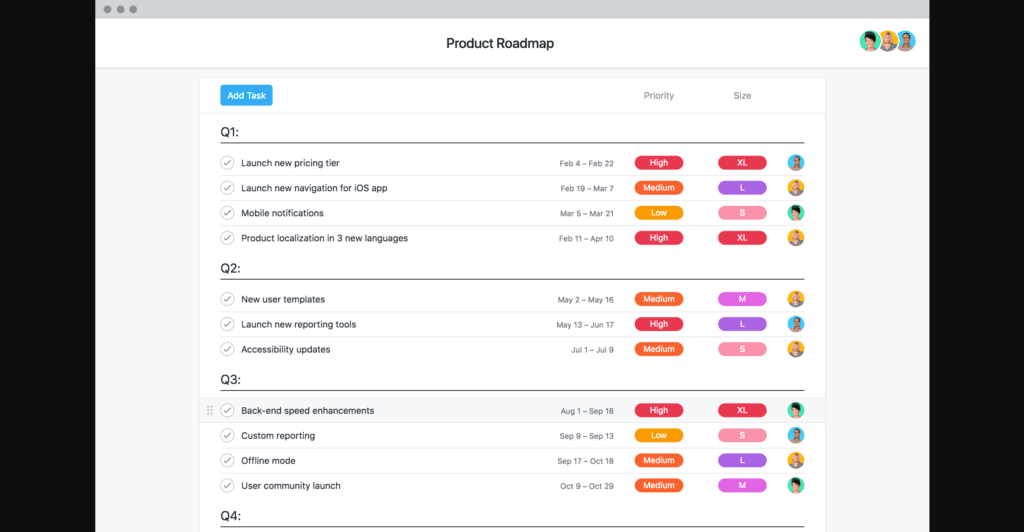
Aside from all the functionalities and uses it offers, Asana can also be used to create product roadmaps. One can visualize roadmaps with a calendar or timeline, set them by priority, project, or person assigned. A lot of options to customize your roadmap exactly how you want it. The portfolio option allows you to combine several roadmaps you’ve created to get the full picture of your company’s entire product roadmap strategy. Pretty useful, especially if you’re already using Asana for the project and team management.
Excel
The good old Excel can be used at almost any step throughout your business, from accounting to sales, marketing, and even roadmaps. It doesn’t come with a specific roadmap template, but the internet is full of such examples. Being so versatile, you can play with multiple templates and customize it how you like it. You can even share it with other people too. Excel can be a great option if you don’t want to spend money on tools. It’s probably already installed on your computer, so might as well use it.
Jira
A very popular tool among SaaS companies is Jira. If you work in SaaS you’ve probably heard about it or even used it. A core tool for many companies and teams out there helps to create, sort and filter through multiple roadmaps. It is also including to export and updating them. It’s also quite easy to use and understand by almost anyone with a little tech background.
Monday.com

Aside from being one of the most famous and used team management tools out there, Monday.com is also a great tool for creating roadmaps. They have plenty of templates to choose from as well as examples and blank options, depending on what your needs are at that moment. Of course, everything can be fully customized to fit your company’s needs so you can have a good product roadmap you and your team can follow.
Trello
Another great tool a lot of teams use is the one and only, quite popular Trello. This tool can help you create Kanban Boards and organize your team’s tasks in a very visual and easy-to-understand way. It’s one of the most intuitive tools out there, with a drag and drop option, so one can move everything and leave comments to each step of the process. It can also be integrated with other apps and has some other cool features too, aside from what we mentioned here. Since we’re talking about roadmaps, they also provide templates so you can save some time when you’re creating yours.
Conclusion
Product roadmaps help you and your team stay on top of everything so you can easily pivot in times of change or when necessary. Whether they’re public or private, they are a good reminder of all the great things that will be happening. They also allow you to motivate your team members and everyone involved in the process of launching a new feature or product. This guide and examples will help you strategize and prepare for new challenges and new launches.
Share This Post
RocketHub Team
The launch crew at RocketHub writes about startup and SaaS growth. Be a fellow Rocketeer and show some love by commenting below with your thoughts on our content.
Table of Contents
Get The Latest Updates
Subscribe To Our Weekly Newsletter
Sign up below to be one of the first crew members onboard and get early access to amazing deals.
Recent Posts


Social Media
Categories
Related Posts

Lifetime Deal Platforms
The best lifetime deal platforms for software. Platforms lik RocketHub scour the web for the highest quality products to bring buyers the best lifetime deals on their platform.

How to Work for Yourself + 13 Solo Business Ideas
Do you ever wonder if being your own boss could truly set you free? In this article, we’ll explore the theory that unleashing entrepreneurial freedom

7 Reasons Why Every SaaS Team Needs Interactive Demos
Making a Case for Interactive Demos: 7 Reasons Why Every SaaS Team Needs Them Let me paint a scenario for you. You want to buy

